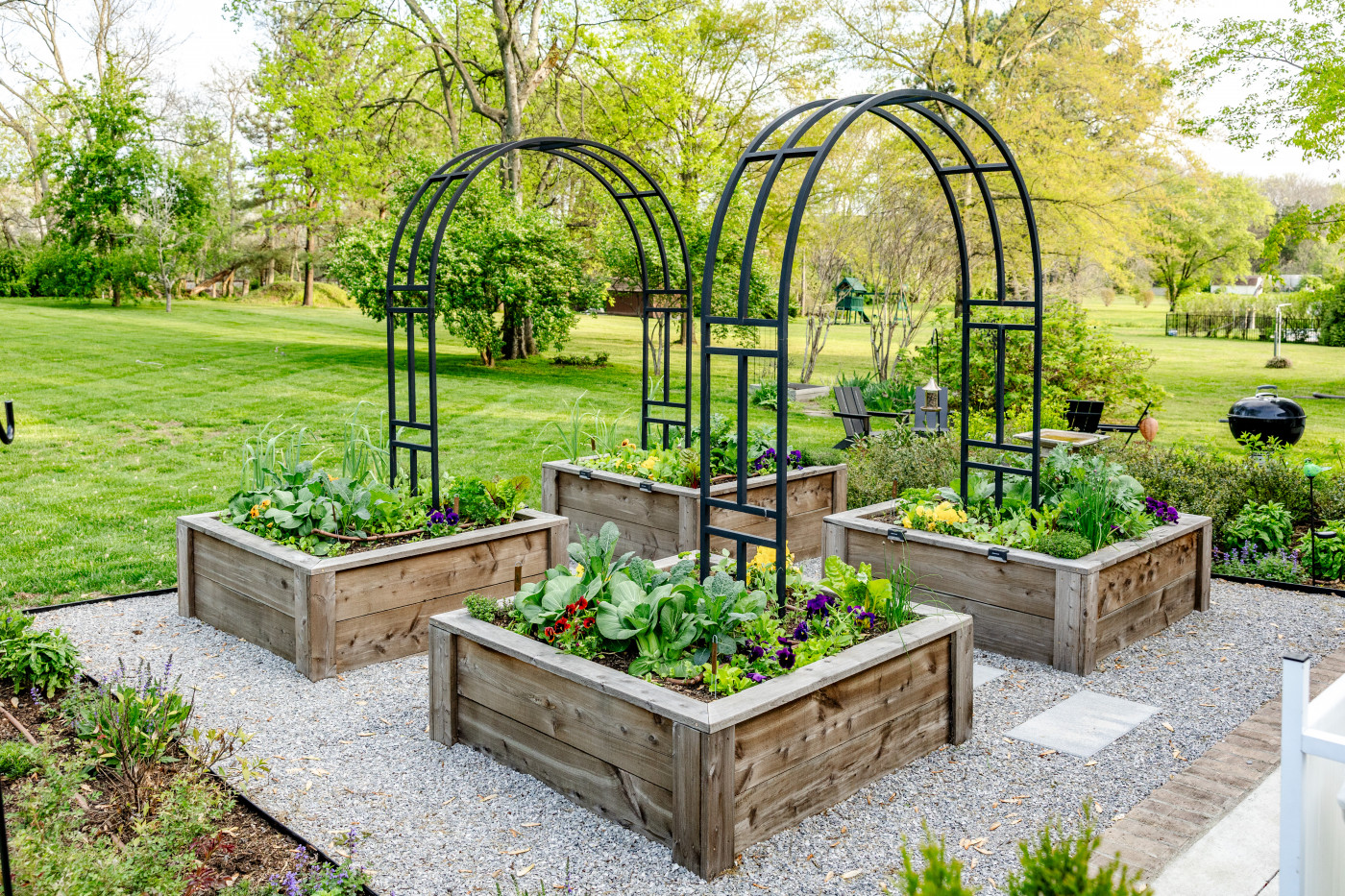Introduction
Starting a planter box garden is an excellent way to enjoy fresh produce, herbs, or flowers even if you have limited outdoor space. Whether you’re a seasoned gardener or trying your hand at gardening for the first time, planter boxes offer a manageable, organized, and attractive way to grow plants. This guide will walk you through everything you need to know to start a successful planter box garden—from choosing the right materials to planting and maintenance.
Why Choose a Planter Box Garden?
Planter box gardens are popular because they are versatile and accessible. They allow you to garden in small spaces such as balconies, patios, or urban backyards. Additionally, planter boxes help control soil quality, drainage, and pests more effectively than traditional garden beds.
Benefits include:
– Improved soil control and drainage
– Easier weed and pest management
– Accessibility for those with limited mobility
– Ability to garden in areas with poor native soil
Selecting the Right Planter Box
Types of Planter Boxes
There are various materials to consider when choosing a planter box, each with pros and cons:
- Wood: Natural look and good insulation but requires maintenance to prevent rot.
- Plastic: Lightweight and affordable but may not last as long and can heat up soil.
- Metal: Durable and modern but can get hot and damage roots if uninsulated.
- Composite: Combines durability and aesthetic appeal with low maintenance.
Size and Depth Considerations
Choose a planter box deep enough for your plants’ root systems. For most vegetables and herbs, a depth of 12-18 inches is ideal. Larger plants like tomatoes may require deeper boxes.
Preparing Your Planter Box for Planting
Location and Sunlight
Place your planter box where it receives adequate sunlight—most vegetables and herbs need at least 6-8 hours of direct sun daily. Observe your space throughout the day to find the best spot.
Soil and Drainage
Use high-quality potting soil designed for container gardening. Avoid garden soil, which can compact and drain poorly. Ensure your planter box has drainage holes to prevent waterlogging, which can harm roots.
Adding Fertilizers
Mix slow-release organic fertilizers into your soil or plan to feed your plants regularly with liquid fertilizers. Nutrient-rich soil supports strong growth and higher yields.
Choosing Plants for Your Planter Box Garden
Best Plants for Beginners
Start with easy-to-grow plants such as:
- Leafy greens (lettuce, spinach)
- Herbs (basil, parsley, mint)
- Cherry tomatoes
- Radishes
Companion Planting Tips
Pair plants that benefit each other. For example, basil planted near tomatoes can improve flavor and repel pests.
Maintaining Your Planter Box Garden
Watering
Planter boxes dry out faster than ground soil, so check moisture daily. Water deeply to encourage strong roots but avoid waterlogging.
Pest and Disease Control
Inspect plants regularly for pests like aphids or fungal diseases. Use organic treatments such as neem oil or insecticidal soap when needed.
Seasonal Care
Rotate crops each season to prevent soil depletion and disease buildup. Consider using cold frames or covers to extend the growing season.
Conclusion
Starting a planter box garden is a rewarding project that brings fresh flavors and greenery to any space. By selecting the right planter, preparing soil carefully, choosing suitable plants, and maintaining them properly, you can enjoy a flourishing garden year-round. Begin small, experiment with different plants, and watch your gardening skills—and harvest—grow. Ready to dig in? Your perfect planter box garden awaits!
